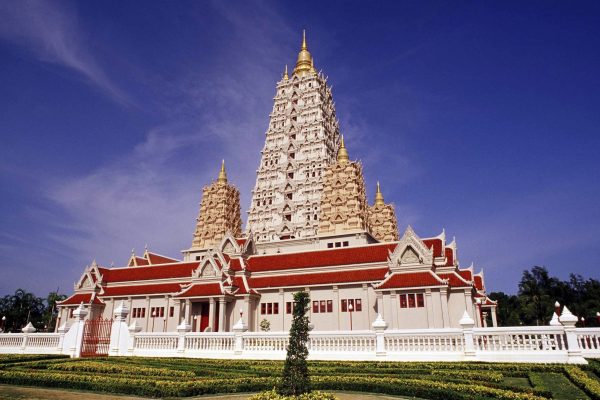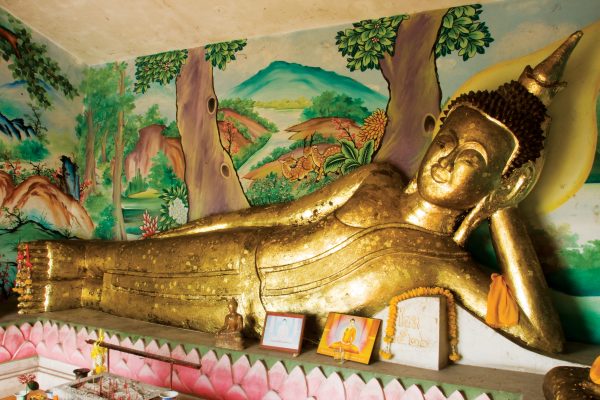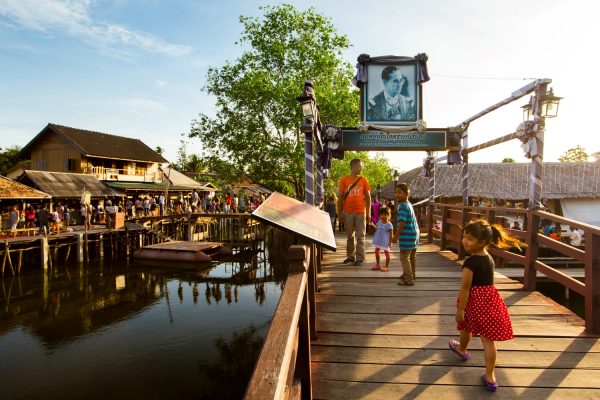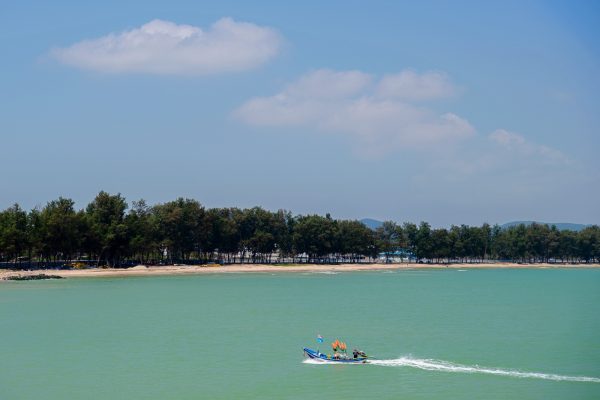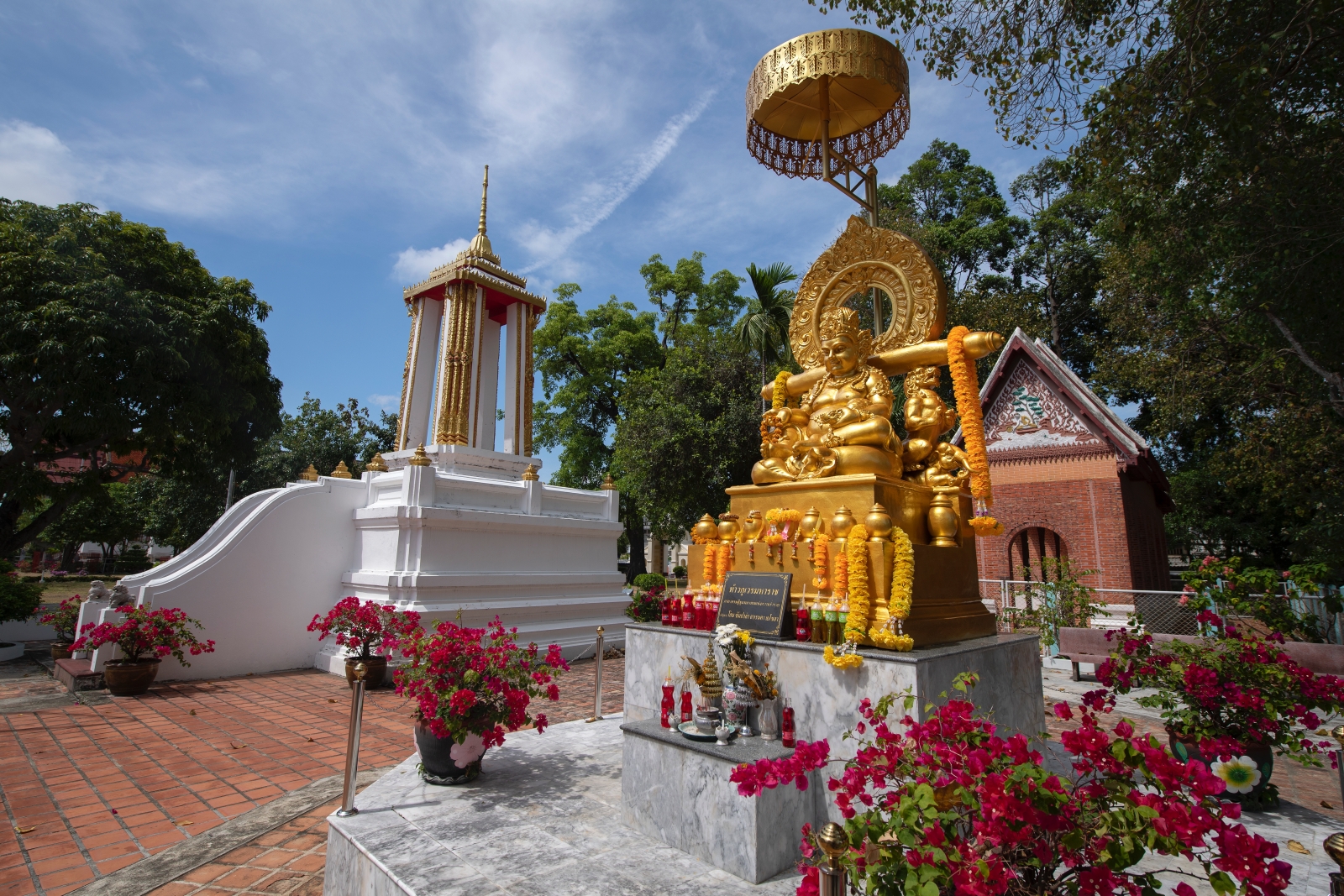
Wat Machimawas
WatMachimawas or WatKLang is located on Triburi road, Moo.11, Bo Yang Subdistrict, MueangSongkla District. It is the biggest and most important in Songkla Province, Dating back to 400 years ago in the late of Ayudhya Era, it was called Sri Chan Grandmother Temple. It is said that Sri Chan Grandmother, the affluent person in MueangSongkla. in the late of Ayudhya Era, donated money for building the temple. Later Watleaub was built at the north and Wat Po at the south, consequently, the Songkla people called the temple that “WatKlang” and changed the Bali name to “WatMachimawas” by SomdetPhramahasamanachaoKromphrayaVajirananavarorasa once he came to MueangSongkla in 24331 B.E.There are many interesting archeological sites in the temple, for example, the ordaination hall built in the reign of the King Rama I which is the applied at between Thai and Chinese arts. Inside is wall painting remaining in complete condition such as the portrayal of Songkla port at Hua Dang Mountain which is full of trading. The arch is Chinese-European art and the museum “Patrasilapa” is the place for placing the Buddha images, artifact which were collected from MueangSongkla, Sa Ting Phra, and Ra Nod which are the historical evidence worth for learning.Its architecture is similar to that of the ordaination hall of WatPhrasrirattanasasadaram, made by royal artistsand others of MueangSongkla; however, it is smaller. For decorative of the roof is Cho Fah except Naka Sadung. The front is the Indra riding three-head Erawan Elephant and the back is Brahma riding swan. Around the hall are the post supporting the roof and between each of outer post are rock engraved with the pattern of the Three Kingdoms. The windows and the doors are the arch crown decorated outside.The presiding Buddha image is the marble Buddha image in the attitude of meditation of which lap is 55 centimeters wide in the Thai-Chinese style. The local artist was the sculptor and the Buddha image was sent to be engraved in China.The four sides of the mural, wall painting, told that “it was painted in 1255 Minor Era PigyearBenchasok 2406 B.E.” or around the reign of the King Rama IV. The painting was renovated in 2520-2523 B.E. The painting was made with powder color which is the portrayal about the meeting of angels, the biology of the Lord Buddha, the legend of the ten incarnations of the Lord Buddha, moreover, it also reflects on the lifestyle of Thais and Chinese people in the southern region of Thailand.

